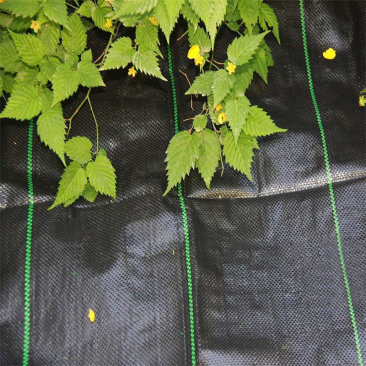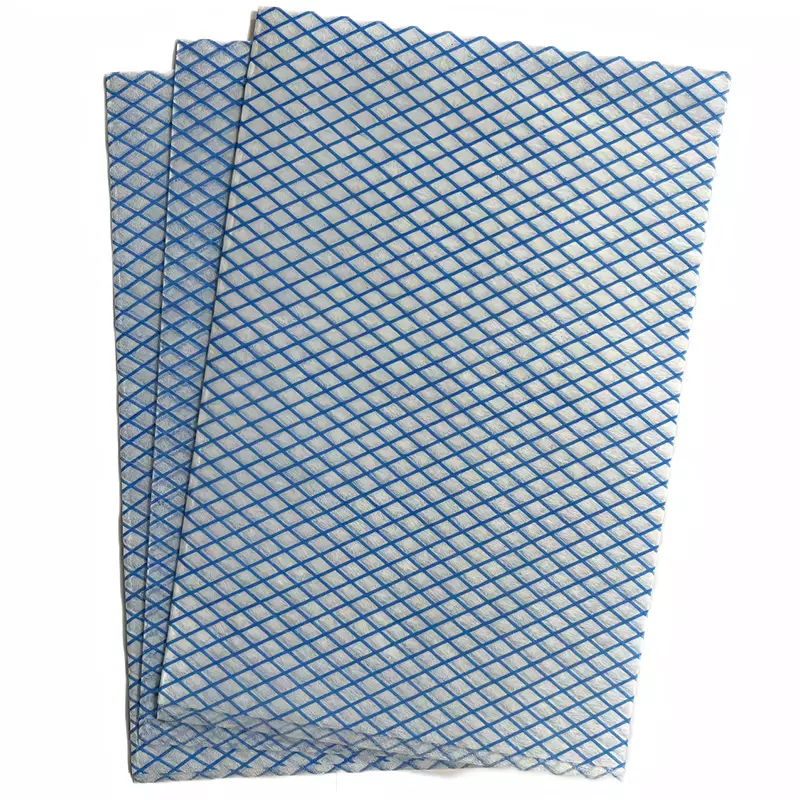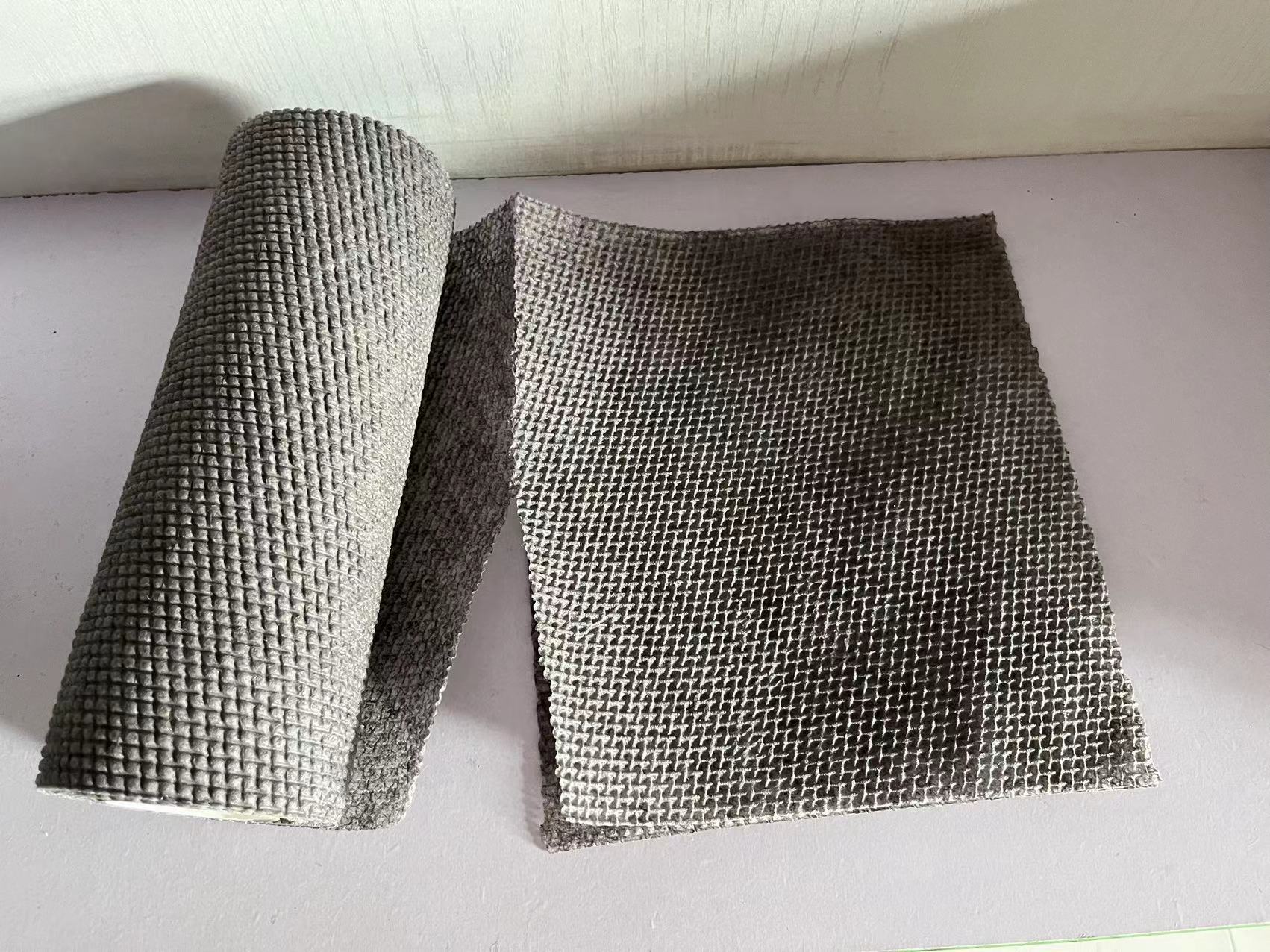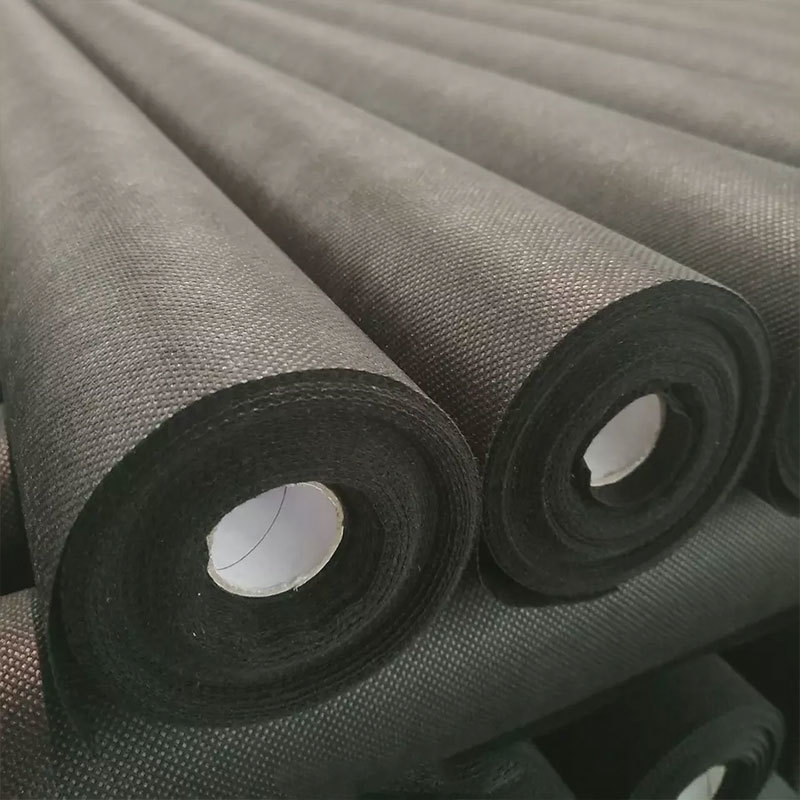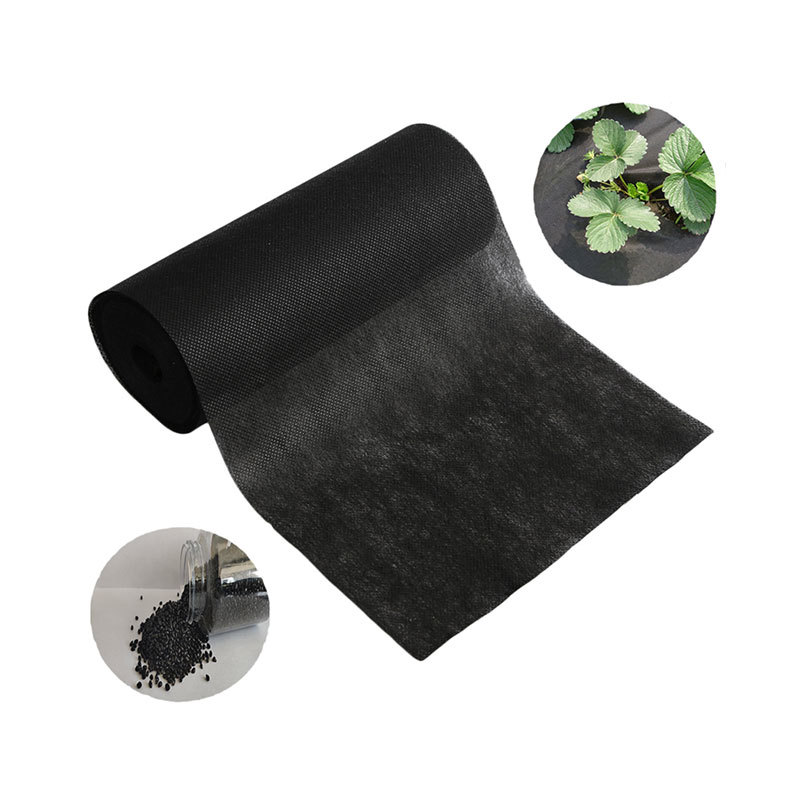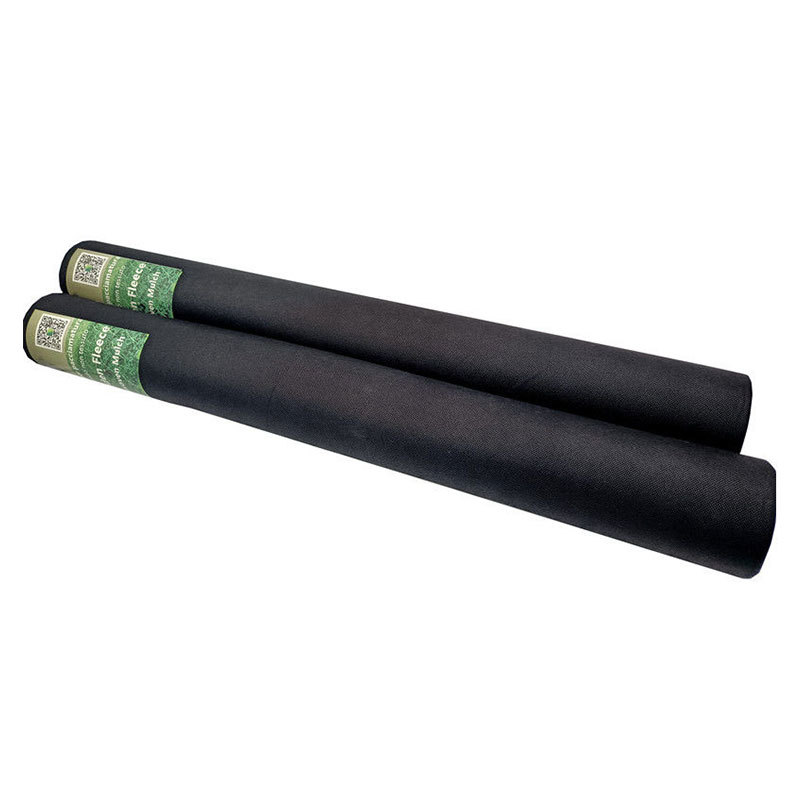09
2025
-
07
Polypropylene Nonwoven Fabric: An In-Depth Exploration of Its Historical Development
Polypropylene Nonwoven Fabric: An In-Depth Exploration of Its Historical Development Table of Contents 1. Introduction to Polypropylene Nonwoven Fabric 2. The Historical Context of Nonwoven Fabrics 3. The Birth of Polypropylene Nonwoven Fabric 3.1. Early Development and Industry Adoption 3.2. Technological Innovations in Production 4. Properties and Characteristics of Polypropylene N
Polypropylene Nonwoven Fabric: An In-Depth Exploration of Its Historical Development
Table of Contents
1. Introduction to Polypropylene Nonwoven Fabric
2. The Historical Context of Nonwoven Fabrics
3. The Birth of Polypropylene Nonwoven Fabric
3.1. Early Development and Industry Adoption
3.2. Technological Innovations in Production
4. Properties and Characteristics of Polypropylene Nonwoven Fabric
4.1. Physical Properties
4.2. Chemical Resistance
5. Key Applications of Polypropylene Nonwoven Fabric
5.1. Medical and Hygiene Products
5.2. Construction and Geotextiles
5.3. Personal Care and Fashion
6. Environmental Impact and Sustainability
7. The Future of Polypropylene Nonwoven Fabric
8. Frequently Asked Questions
9. Conclusion
1. Introduction to Polypropylene Nonwoven Fabric
Polypropylene nonwoven fabric is a versatile and innovative material made from polypropylene fibers. Its unique properties, including lightweight, durability, and resistance to moisture, have made it a popular choice across various industries. The journey of polypropylene nonwoven fabric is a testament to the advancements in textile technology and the ever-changing needs of consumers and industries.
2. The Historical Context of Nonwoven Fabrics
Before diving into the history of polypropylene nonwoven fabric specifically, it is important to understand the larger context of nonwoven fabrics. **Nonwoven fabrics** have been in existence for centuries, but their widespread use and commercial development began in the mid-20th century. Early forms of nonwoven materials were typically made from natural fibers and were used in applications such as insulation and wrapping.
As industries evolved, so did the materials and technologies associated with fabric production. The introduction of synthetic fibers marked a significant turning point, leading to the development of nonwoven fabrics that could be produced more efficiently and with greater properties than traditional woven fabrics.
3. The Birth of Polypropylene Nonwoven Fabric
The emergence of polypropylene nonwoven fabric can be traced back to the development of polypropylene itself. Discovered in the 1950s, polypropylene is a thermoplastic polymer that quickly garnered attention for its strength and versatility.
3.1. Early Development and Industry Adoption
In the 1960s, polypropylene nonwoven fabric began to take shape as industrialists explored its potential. The first commercial applications were primarily in the automotive and construction sectors, where lightweight and durable materials were highly sought after. Polypropylene nonwoven fabric was quickly adopted for its ability to provide insulation, sound absorption, and filtration.
3.2. Technological Innovations in Production
The 1970s and 1980s saw significant technological advancements in the production processes of polypropylene nonwoven fabrics. Techniques such as spunbonding and meltblowing emerged, allowing for greater control over the fabric properties and quality. These innovations enabled manufacturers to produce nonwoven textiles at an unprecedented scale, setting the stage for the widespread availability of polypropylene nonwoven fabric.
4. Properties and Characteristics of Polypropylene Nonwoven Fabric
Polypropylene nonwoven fabric boasts an array of properties that make it suitable for diverse applications. Understanding these characteristics is essential for industries looking to leverage this material effectively.
4.1. Physical Properties
The **physical properties** of polypropylene nonwoven fabric are noteworthy. It is lightweight, with a low density that makes it easy to handle and transport. The fabric is also highly durable, exhibiting excellent tensile strength and resistance to tearing. Furthermore, polypropylene nonwoven fabric can be produced in various thicknesses and densities, allowing for tailored solutions based on specific application needs.
4.2. Chemical Resistance
One of the standout features of polypropylene nonwoven fabric is its **chemical resistance**. The material is impervious to many chemicals, making it ideal for applications in environments where exposure to harsh substances is a concern. This property also makes it easy to clean and maintain, contributing to its longevity in various uses.
5. Key Applications of Polypropylene Nonwoven Fabric
The versatility of polypropylene nonwoven fabric has led to its widespread use in several key applications. These include medical products, construction materials, and personal care items.
5.1. Medical and Hygiene Products
In the medical field, polypropylene nonwoven fabric is used to create surgical gowns, masks, and drapes. Its breathable properties and barrier protection make it an essential component in infection control. The hygiene industry also utilizes this fabric for products like diapers and feminine hygiene products, where absorbency and comfort are paramount.
5.2. Construction and Geotextiles
In construction, polypropylene nonwoven fabric is employed as geotextiles to improve soil stability and drainage. These fabrics help prevent soil erosion, manage water flow, and enhance the durability of structures. Their lightweight nature makes them easy to install without compromising performance.
5.3. Personal Care and Fashion
The fashion industry has also embraced polypropylene nonwoven fabric for its unique aesthetic qualities and functionality. It is used in creating bags, apparel linings, and various accessories. The fabric’s ability to be dyed and printed on opens up endless design possibilities.
6. Environmental Impact and Sustainability
As the world shifts towards sustainability, the environmental impact of materials is under scrutiny. Polypropylene nonwoven fabric presents both challenges and opportunities. While polypropylene is a petroleum-based product, efforts are being made to develop biodegradable alternatives and recycling methods. For instance, some manufacturers are now producing nonwoven fabrics from recycled polypropylene to reduce environmental footprints.
7. The Future of Polypropylene Nonwoven Fabric
Looking ahead, the future of polypropylene nonwoven fabric appears promising. Innovations in production techniques and an ongoing commitment to sustainability will likely drive the industry forward. With emerging applications in sectors such as automotive, filtration, and agriculture, the versatility of polypropylene nonwoven fabric will continue to be a focal point for research and development.
8. Frequently Asked Questions
8.1. What is polypropylene nonwoven fabric made of?
Polypropylene nonwoven fabric is primarily made from polypropylene, a synthetic thermoplastic polymer, which is processed into fibers through various techniques.
8.2. How is polypropylene nonwoven fabric produced?
The production of polypropylene nonwoven fabric involves processes such as spunbonding and meltblowing, where polypropylene fibers are extruded and bonded together to create a fabric.
8.3. Is polypropylene nonwoven fabric biodegradable?
Traditional polypropylene nonwoven fabric is not biodegradable, but advancements in technology are leading to the development of biodegradable alternatives and recycling initiatives.
8.4. What are the advantages of using polypropylene nonwoven fabric?
The advantages include lightweight, durability, chemical resistance, and versatility, making it suitable for a wide range of applications.
8.5. Where can I purchase polypropylene nonwoven fabric?
Polypropylene nonwoven fabric can be purchased from textile suppliers, manufacturers, and various online retailers specializing in industrial fabrics.
9. Conclusion
The historical development of polypropylene nonwoven fabric illustrates a remarkable journey of innovation and adaptation. From its origins in the mid-20th century to its current status as a staple material in various industries, polypropylene nonwoven fabric has proven to be a versatile and durable solution. As we continue to innovate and seek sustainable practices, this fabric will likely play an even more significant role in shaping the future of textiles. With its unique properties and broad range of applications, polypropylene nonwoven fabric remains at the forefront of modern material science.
Polypropylene nonwoven fabric


